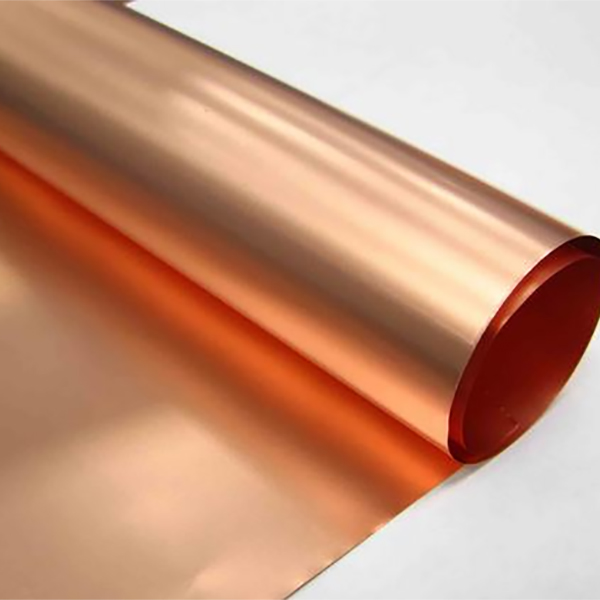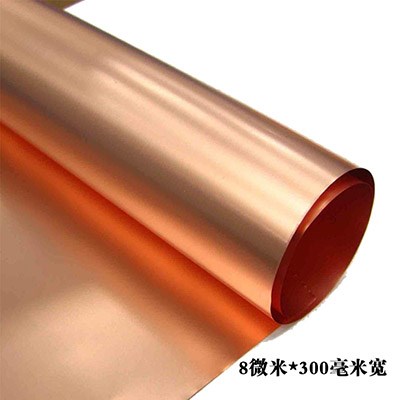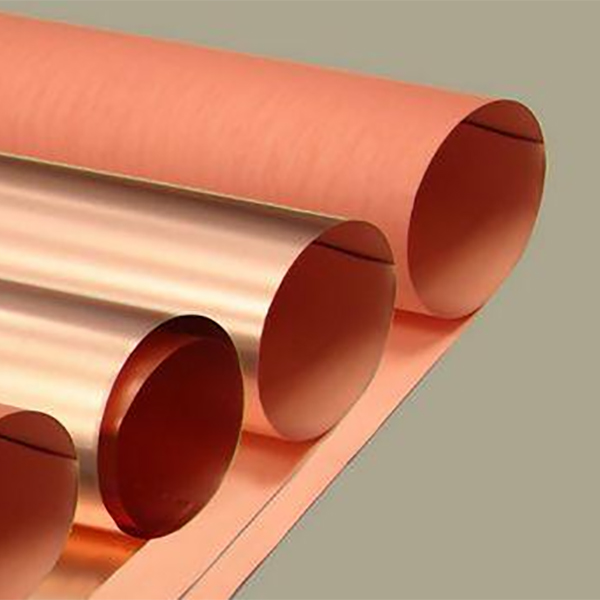Maanshan Optimized Rolling Copper Foil Processing
Calendered copper foil is the original foil made from copper plate by repeated rolling, and then roughened according to requirements. Due to the limitation of processing technology, its width is difficult to meet the requirements of rigid copper clad laminate, so calendered copper foil is rarely used on rigid copper clad laminate; However, because the bending resistance and elastic coefficient are greater than electrolytic copper foil, they are often used on flexible copper clad laminate.
Maanshan Optimized Rolling Copper Foil Processing
Electrolytic copper foil is made by dissolving copper into copper sulfate solution, electrodepositing the copper sulfate electrolyte under the action of direct current in special electrolytic equipment to make the original foil, and then carrying out surface treatment, heat-resistant layer treatment, oxidation prevention treatment and other surface treatment processes on the original foil according to customer requirements.
Maanshan Optimized Rolling Copper Foil Processing
The calendered copper foil is made by repeated rolling annealing process of copper ingot based on the principle of plastic processing. Its internal structure is lamellar crystal structure, and the product has good ductility. At present, it is mainly used in the production of rigid circuit boards, while the rolled copper foil is mainly used in flexible and high-frequency circuit boards.
Maanshan Optimized Rolling Copper Foil Processing
The commonly used reinforcement materials of copper clad laminate are alkali free (alkali metal oxide content shall not exceed 0.5%) glass fiber products (such as glass cloth, glass felt) or paper (such as wood pulp paper, bleached wood pulp paper, cotton wool paper). Therefore, laminates can be divided into glass cloth base and paper base.







